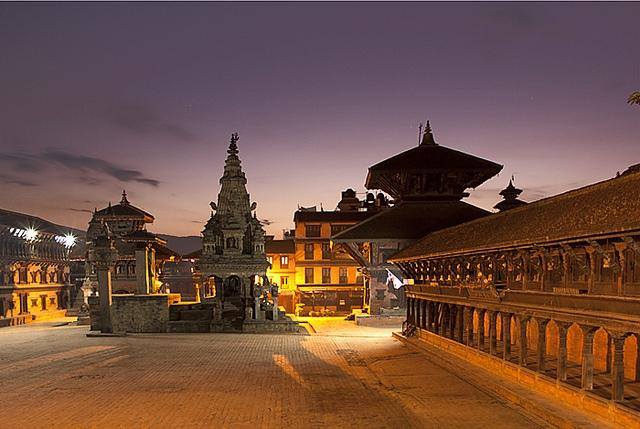
Back in the time when Nepal was ruled by different kingdoms, Durbar squares used to be the places where the royal families resided. The acres of land are decorated with ancient temples, royal palaces, sculptures, courtyards, and many more spectacular monuments which are Nepal’s precious assets. Years later, those historical places with monuments still exist and are located in the hearts of 3 popular cities; Kathmandu, Bhaktapur, and Lalitpur and are three of the main tourist attractions of Nepal. The prominent beauty and significance of the royal residence have made the United Nations declare all three cultural heritages as “UNESCO World Heritage Site”.
Consequences of the Gorkha earthquake of 2015
Besides being a country known for its peace and unity in diversity, Nepal is extremely vulnerable to earthquakes. The country has lost numerous valuable lives and its distinctive architecture. It was absolute despair to the country’s heritage when the Durbar square suffered major damages from the 2015 Gorkha earthquake.
Out of the three Kathmandu durbar square was affected the most. The entire collapse of the Dharahara tower is one of the most vividly noticeable ones. It was built in 1832 and has been a historic landmark ever since. The king’s Nautalley Durbar of 1768 AD, parts of the Hanuman Dhoka palace, Maju Dega temple, and Narayan temple are some noteworthy heritages that have been destroyed.
In the Bhaktapur Durbar, the Siddhi Laxmi temple has tilted and the Fasidega temple was ruined. Moreover, the Vatsala Durga temple was shattered completely and the Shiva temple’s roof fell off. The effect went onto various other structures.
In the Patan Durbar square of Lalitpur, some mention-worthy destructions are the Char Narayan temple and Hari Shankar temple. Meanwhile, temples like the Vishwanath and Bhimsen have weakened.
Repairs
All of these damages occurred because of their ages, unsustainable structures, and the use of unsuitable material for the era of earthquakes. While some were too tall, others were formerly deteriorated. As a repair to the country’s historical reminiscences, some possible ones were built back. However, there will always be regrets about losing nostalgic architecture.
By Kazi Musa, SAVED News International Correspondent, Malaysia

















